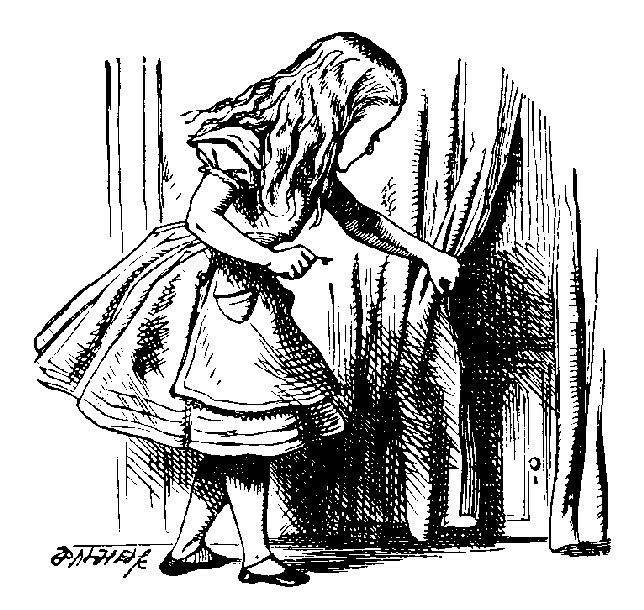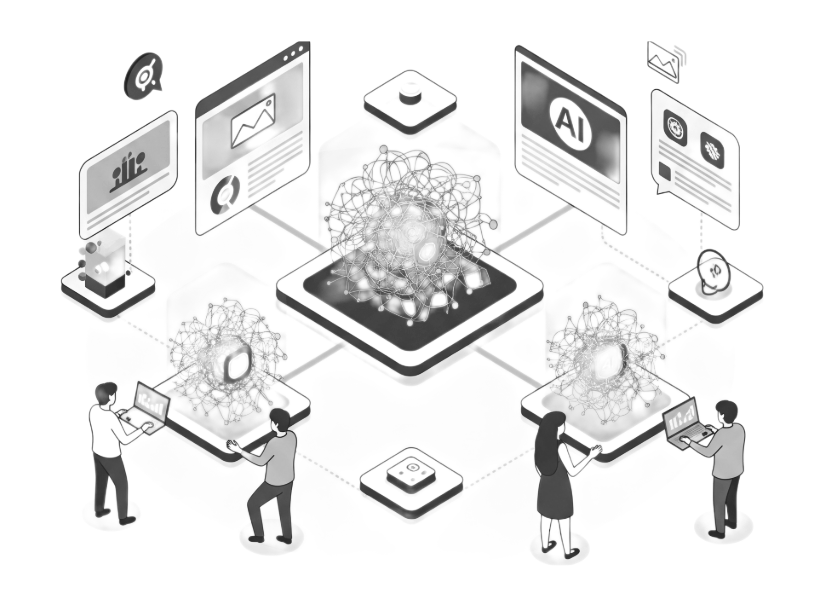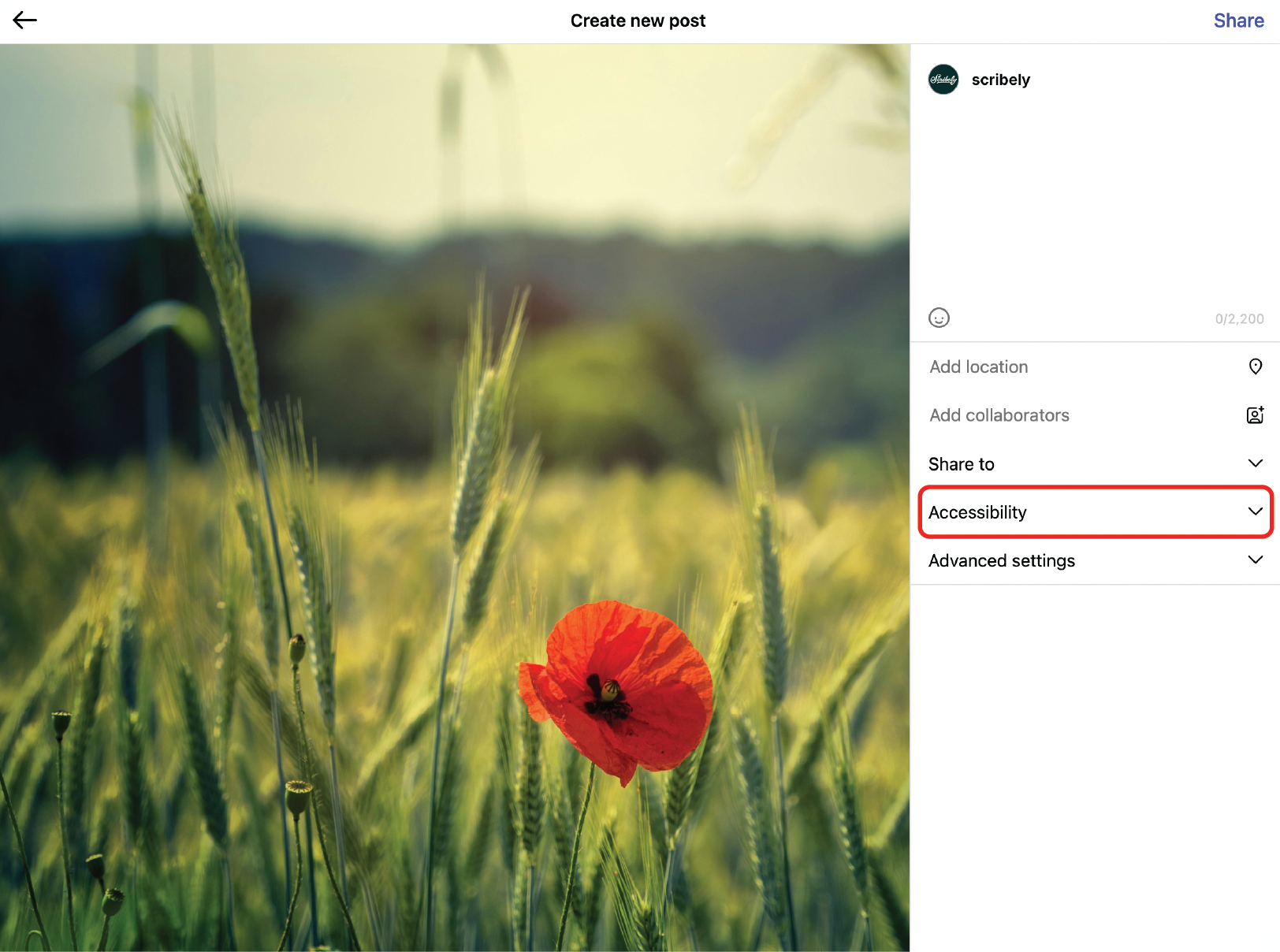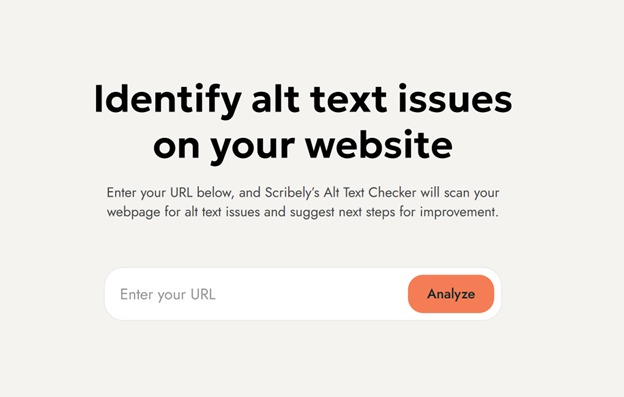Introduction
Learn why professional alt text services are essential for businesses to enhance web accessibility, improve SEO, and prepare their visual assets for a future with artificial intelligence. By creating high-quality, human-authored image descriptions, companies can ensure their visual content is understood by screen readers, search engines, and AI models. This foundational investment in metadata helps to unlock the full value of visual assets for both current and future applications.
In the race to adopt artificial intelligence, businesses are searching for a competitive edge. That edge isn't found in a complex future algorithm, but in a foundational asset you already own: your image metadata. Specifically, high-quality alt text is the key to unlocking the full value of your visual content for web accessibility, SEO, and the AI-powered future.
This article explains what alt text is, its immediate business benefits, and how professional alt text services can prepare your most valuable visual assets to become a source of truth for your AI applications.
What is Alt Text? A Simple Definition
At its core, alt text (alternative text) is a concise, written description of an image that is embedded in a website's HTML code. If an image fails to load, this text appears in its place. More importantly, it serves two vital functions:
- Human Accessibility: The text is read aloud by screen readers, allowing people with visual impairments to understand the content and context of your images.
- System Intelligence: It provides descriptive, human-confirmed information for systems like search engines (SEO/AEO) and AI, allowing them to understand your brand's imagery with precision.
What Makes Good Alt Text?
Effective alt text is a skill. It requires being descriptive and concise. Consider this example:
- Bad: <img src="office.jpg" alt="person">
- Okay: <img src="office.jpg" alt="Woman working on a laptop.">
- Best (Brand-aligned & Descriptive): <img src="office.jpg" alt="A marketing professional in a brightly lit office analyzes a chart on her laptop, showcasing a collaborative work environment.">
The "best" example provides context that is valuable for users, search engines, and AI models.
The Core Benefits of Alt Text for Your Website
1. Inclusive Web Accessibility
According to the World Health Organization, over 2.2 billion people worldwide have a near or distance vision impairment, clear alt text is a necessity for an inclusive internet. A 2023 WebAIM analysis found that over 60% of images on top homepages have missing alt text, excluding a large and loyal customer base from accessing your brand.
2. Improved SEO and Image Search Traffic
Google states that alt text is a critical factor in understanding an image's subject matter. Content with optimized images and alt text can receive up to 94% more views. It helps your images rank in Google Image Search—a significant traffic source—and provides contextual relevance to search engines, boosting your page's overall authority.
3. Enhanced Legal Compliance and Risk Mitigation
Web accessibility is a legal requirement in many countries under laws like the Americans with Disabilities Act (ADA). Digital accessibility lawsuits are on the rise, and missing alt text is a common and easily-avoidable violation. A robust metadata strategy helps create audit trails and mitigates the risk of costly legal issues.
Beyond the Basics: How Alt Text Powers Your AI Strategy
An AI model is only as good as the data it's trained on. The principle of "garbage in, garbage out" is a stark reality. Human-authored alt text provides the high-quality, structured, and truthful data needed for reliable AI performance.
Creating a "Source of Truth" for AI Models
Instead of asking an AI to guess what's in your images, you provide it with the image content and purpose with a verified image-description data paired with the image. This shifts the AI's task from creation (where it might be wrong) to comprehension, leading to more reliable outcomes. Your brand's image description metadata becomes the gold-standard training data for teaching and telling an AI about your products, services, and brand's visual identity.
Reducing AI Hallucinations with Verified Data
A primary concern with AI is its tendency to "hallucinate" or generate incorrect information. High-quality alt text acts as a ground truth, minimizing the errors and biases that could poison your AI-driven insights and damage your brand's reputation.
Ensuring AI Interpretability and Trust
Metadata helps explain how an AI model arrives at certain decisions or predictions. This "explainability" is critical for building trust in your AI systems with internal stakeholders, regulators, and customers.
The Scribely Solution: Human-Authored Metadata for Machine Intelligence
Recognizing the immense value of alt text requires a specialized approach. Scribely is a full-service alt text partner dedicated to helping you author, store, and analyze your image descriptions for maximum impact.
Our process turns your visual content into permanent brand intelligence:
- Brand Immersion: Our expert writers and consultants deeply understand your brand, audience, and business goals.
- Expert Authoring: We build workflows and systems to draft precise, brand-aligned alt text that captures the full value of your imagery.
- Asset Management: Your alt text becomes a permanent, reusable asset in a centralized library, ready to be embedded into your digital experiences or used as a pristine AI training dataset.
Ready to get your data prepared for AI and turn your images into a strategic advantage? Contact the experts at Scribely today.
Frequently Asked Questions About Alt Text Services
What is the difference between alt text and an image caption?
Alt text is an HTML attribute ("alt=) that is read by screen readers and search engines but is not visible on the page. A caption is visible text displayed on the page beneath an image to provide additional context to all users. They serve different but complementary purposes.
Can't AI just write my alt text automatically?
While AI tools can generate basic descriptions, they often lack brand voice, contextual understanding, and accuracy. For high-value content and for creating reliable AI training data, human-authored alt text remains the gold standard. It ensures your brand is represented correctly and your data is free from machine-generated errors.
How long should alt text be?
The best practice is to keep it under 250 characters, as many screen readers stop reading after that point. However, the primary goal is to be descriptive and clear. Prioritize conveying the image's content and context effectively over sticking to a rigid character count.
Is alt text a major factor for SEO and AEO?
Yes. It is a direct ranking factor for Google Images and provides crucial contextual signals to search engines about the topic of your page, which supports your overall Search Engine Optimization (SEO) efforts. Answer engine optimization (AEO) rely on alt text to comprehend the content and context of visuals. This allows them to effectively use your images in synthesized responses, especially for multimodal and visual queries.
What is the business cost of ignoring accessibility?
Ignoring accessibility can lead to significant legal fees from non-compliance lawsuits, brand damage from negative publicity, and the loss of millions of potential customers who cannot use your website.
How do I get started with a professional alt text service?
Getting started is simple. The first step is to audit your existing website to identify missing or poor-quality alt text. A professional service like Scribely can then work with you to understand your brand and author high-quality descriptions at scale. Contact us to learn more about our process.

Check out Scribely's 2024 eCommerce Report
Gain valuable insights into the state of accessibility for online shoppers and discover untapped potential for your business.
Read the ReportCite this Post
If you found this guide helpful, feel free to share it with your team or link back to this page to help others understand the importance of website accessibility.


.jpg)














.jpg)



























_edited_6x4-p-1080.jpeg)


